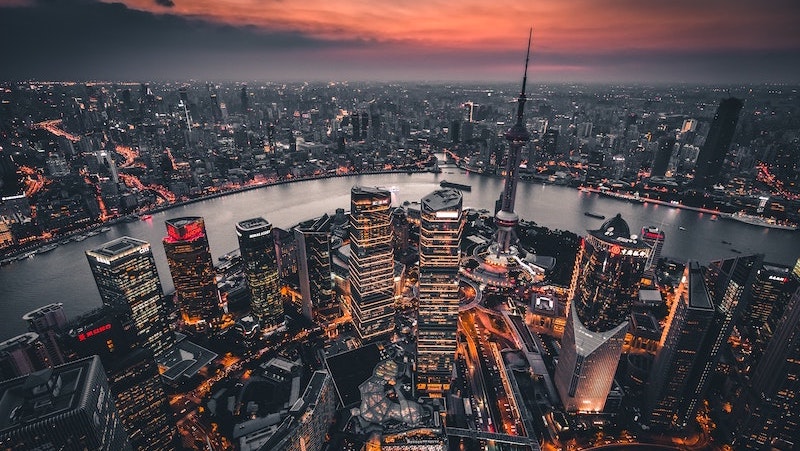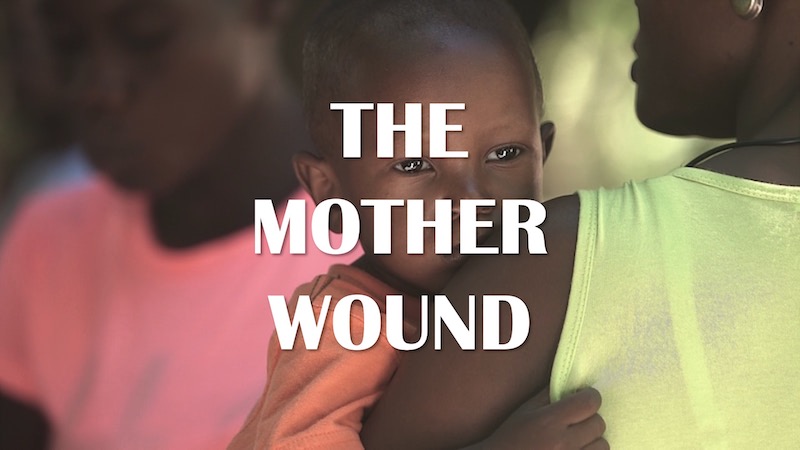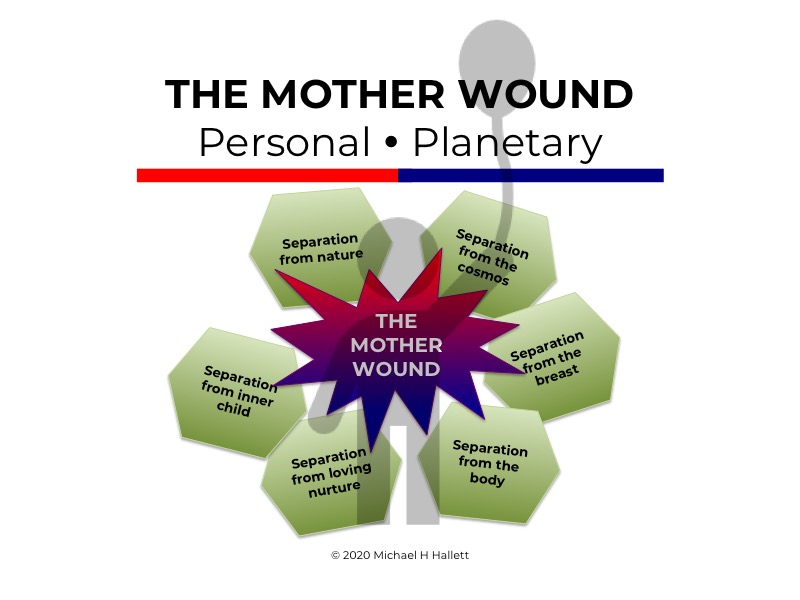The mother wound – cities are just wealthy refugee camps
- 24 September 2021
- Posted by: Michael H Hallett
- Category: Mother wound ,

Cities. Home to millions. Situated at the crossroads of the world’s trade routes and natural harbours. Centres of learning and technology. Glittering jewels of human achievement. The pinnacle of civilization. Or not? This perspective is flawed, self-serving—more accurately, self-avoiding. Cities are nothing more than glorified, brightly lit, wealthy refugee camps.
Cities are refugee camps for social classes, from wealthiest to poorest, that share a common attribute—a fundamental separation from nature.
The first cities
Wikipedia defines a city as “a permanent and densely settled place with administratively defined boundaries whose members work primarily on non-agricultural tasks.” What strikes me about this definition is the separation from nature implicit in the non-agricultural focus:
“Civilization and the city both followed from the development of agriculture, which enabled production of surplus food, and thus a social division of labour (with concomitant social stratification) and trade.”
The earliest proto-cities—large villages or towns without central planning—date to the eighth millennium BC. Examples include Jericho, in the present-day State of Palestine, and Çatalhöyük in southern Anatolia.
The expansion from villages and towns into cities happened around four millennia later. In Saharasia, geographer James DeMeo describes how long-term drought in the equatorial band stretching from the Sahara, the Middle East and Arabia to central Asia turned savannahs into deserts and created nomadic warrior tribes that invaded adjacent food and water sources.
War gods
These tribes, victorious over the defenceless cultures they attacked, became the first ruling elites—the beginning of social stratification. They demanded tribute from their subjects, whether rural dwellers or those who’d been dispossessed of their lands and become urbanised. The machine of tribute demanded central planning.
James DeMeo: “It was in Saharasia, during the dessication phase, that irrigation agriculture and nomadic pastoralist technology first developed… as were various forms of central-state and military apparatus.”
Social stratification happened before the rise of cities and indeed gave rise to cities… the people dispossessed by the warrior tribes had to go somewhere and became a slave class.
It’s important to note that although these warrior tribes could—and did—seize fertile lands, they fundamentally became city-dwellers who thrived through levying tribute from others. They didn’t return to the land because their emotional connection to it had broken.
At this exact time, goddess- and nature-centric fertility cults disappeared. The slow shift to abstract, masculine, monotheistic war gods began. Once again, the underlying theme is the disconnection from nature and from nurturing—what I term the mother wound.
The mother wound
The mother wound was the ultimate fallout of the long-term drought, desertification and famine that not only created the equatorial deserts of today’s geography maps, but it also created the psychological map of patriarchal humanity. Famine was the driver:
“A passive indifference to the needs or pain of others manifested itself, and hunger, feeding of the self, became their all-consuming passion… The very old and young were abandoned to die. Brothers stole food from sisters, and husbands left wives and babies to fend for themselves. While the maternal-infant bond endured the longest, eventually mothers abandoned their weakened infants and children.”—James DeMeo, Saharasia
The effect of many generations of famine was a shattering of the trust in nature that existed in the goddess worshipping Neolithic age. Nature ceased to be fruitful. It became a brooding, unreliable god who punished by turning fertile land into deserts and had to be propitiated through sacrifice. This sense of foreboding is clearly expressed in the Bible:
“The Lord will make the sky overhead seem like a bronze roof that keeps out the rain, and the ground under your feet will become as hard as iron. Your crops will be scorched by the hot east wind or ruined by mildew. He will send dust and sandstorms instead of rain, and you will be wiped out.” (Deuteronomy 28:21-24)
This shattering at the core of humanity was sixfold:
- Separation from the land, care of and knowledge of the land
- Separation from a sense of oneness with all the cosmos
- Separation of the child from the breast, creating sexual anxiety and shame
- Separation from the body, creating shame of bodily functions
- Separation from loving nurture, creating an incapacity to nurture self or others
- Separation from the inner child, creating loss of playfulness and overwork ethic
Cities are refugee camps
In The Function of the Orgasm, Wilhelm Reich writes: “The character structure of modern man, who reproduces a six-thousand-year-old patriarchal authoritarian culture, is typified by… armouring against his inner nature and against the social misery which surrounds him. This… armouring is the basis of isolation… fear of responsibility, mystic longing, sexual misery, and neurotically impotent rebelliousness…”
Our cities are external manifestations of this inner armouring, this separation from nature. They are refugee camps for urban classes that share a common attribute—the mother wound. The “social division of labour” created a class of people severed from nature, from the land, from knowledge of nature, and from the fullness of the life cycle.
Alienated from nature, much of humanity retreated into soulless urban centres that amassed extraordinary wealth and opulence through tribute, whether by force or through economic systems that recycle wealth to the wealthy.
It’s sadly ironic that Jericho, one of the world’s first cities, is now adjacent to the Ein as-Sultan refugee camp.
Eliminating nature
The greater our wealth, the more we can anaesthetise ourselves against the pain of the mother wound at the core of our being. Psychiatrist R.D. Laing writes that “much human behaviour can be seen as… attempts to eliminate experience.”
The city is an attempt to eliminate nature. We are all refugees. We are refugees from the mother wound and our separation from nature. Yet the Covid-19 pandemic and the ‘race for space’ it has provoked suggests humanity may be at a turning point. The journey to heal the mother wound, at a societal level, may be underway. That requires healing all six fragments listed above.
Of these, the separation from loving nurture is the critical element. It’s the one that prevents all the others from being healed. Psychologically, it exists today as arrested development of the mother-child (first) development circuit.
Wilhelm Reich writes that “the feeling of unity with the mother is the same as the feeling of unity with nature.” Once we undo arrested development of our mother-child circuit, all six pieces of our fragmented selves begin to heal.
This is a multi-generational task. Healthier mothers raise healthier children. As St. Augustine’s said, “Give me other mothers and I will give you another world.” The cities of the future, at some as-yet-distant point, will cease being refugee camps.
Next steps
For further resources on the mother wound, both free and paid, please click on this image.

Photo by Denys Nevozhai on Unsplash

